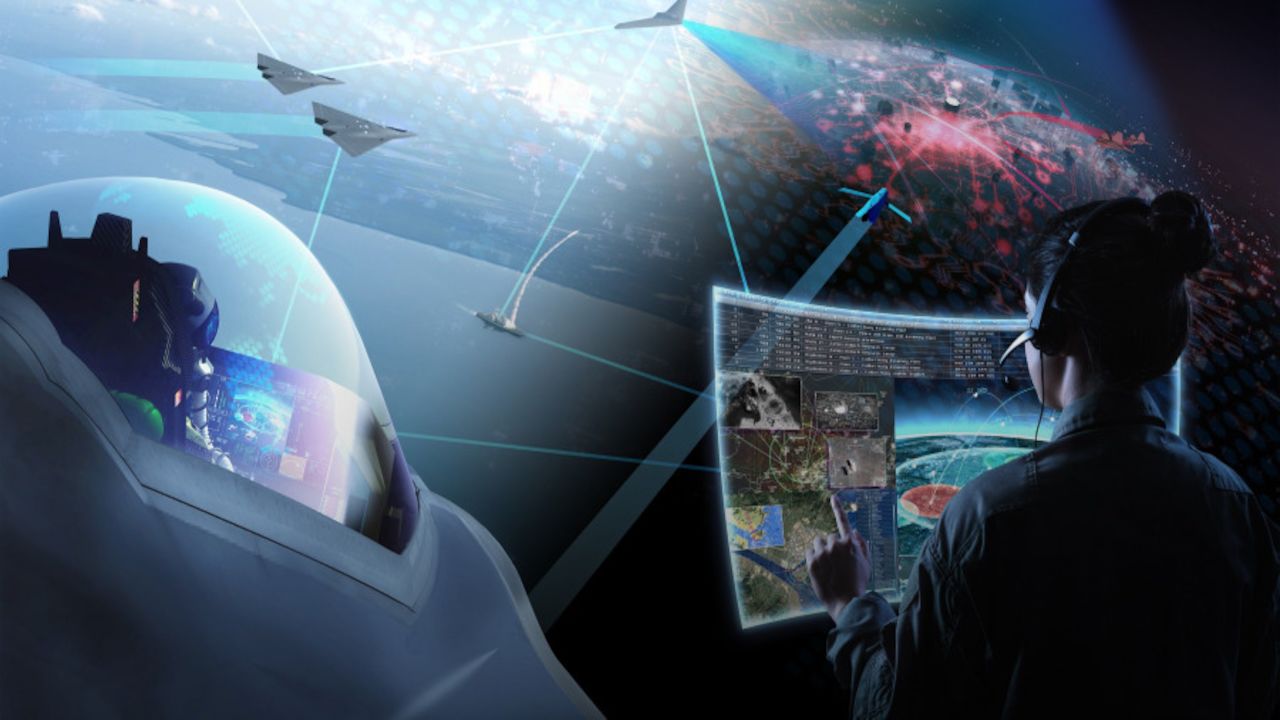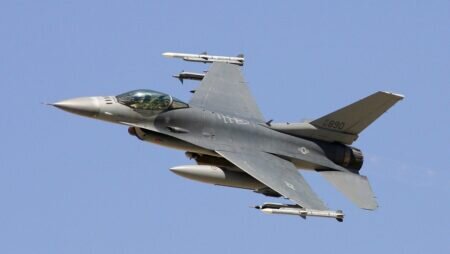According to a press release, In support of the roadmap to enable Joint All Domain Command and Control, Lockheed Martin is working for the U.S. Air Force Life Cycle Management Center to integrate critical battle management capabilities from the Theater Battle Management Core System (TBMCS) into the Air Force’s Kessel Run All Domain Operations Suite (KRADOS).
As the original Equipment Manufacturer of TBMCS, Lockheed Martin is enhancing key software components and incorporating them into Kessel Run’s suite of applications through collaboration with Kessel Run development teams. This effort is key to providing worldwide combatant commands a complete suite of next generation tools to plan, execute, and assess joint theater air operations.
In partnership with the Air Force, Lockheed Martin is migrating these TBMCS capabilities to Kessel Run’s cloud platform via a cloud-based software delivery environment dubbed Wolfpack. Wolfpack is the connective tissue, involving containerization of applications, that serves as the application gateway between Kessel Run applications and operational TBMCS variants operating in the field today. Through Wolfpack, KRADOS can seamlessly exchange data to operational TBMCS interfaces managed by the U.S. Air Force, U.S. Navy and U.S. Marine Corps. Through the Wolfpack application gateway, KRADOS will have the ability to process key data produced by the TBMCS instances used by warfighters directing and executing the joint air campaign.
“For more than 20 years the TBMCS system has supported the joint air planning campaign,” said Amr Hussein, Vice President of C4ISR Systems at Lockheed Martin. “Migrating TBMCS into the Kessel Run environment ensures that those capabilities remain viable and available to Air Operations Centers around the world.”
Lockheed Martin was awarded the contract to develop TBMCS in 1995. Declared program of record for managing the air campaign in 2000, TBMCS provided air commanders with the ability to plan, direct and control all theater air operations to support command objectives. The system provided vastly superior joint interoperability to the previous system, giving users around the globe a common operational picture and real-time shared situational awareness of the battlespace environment.









